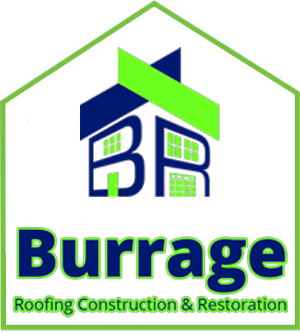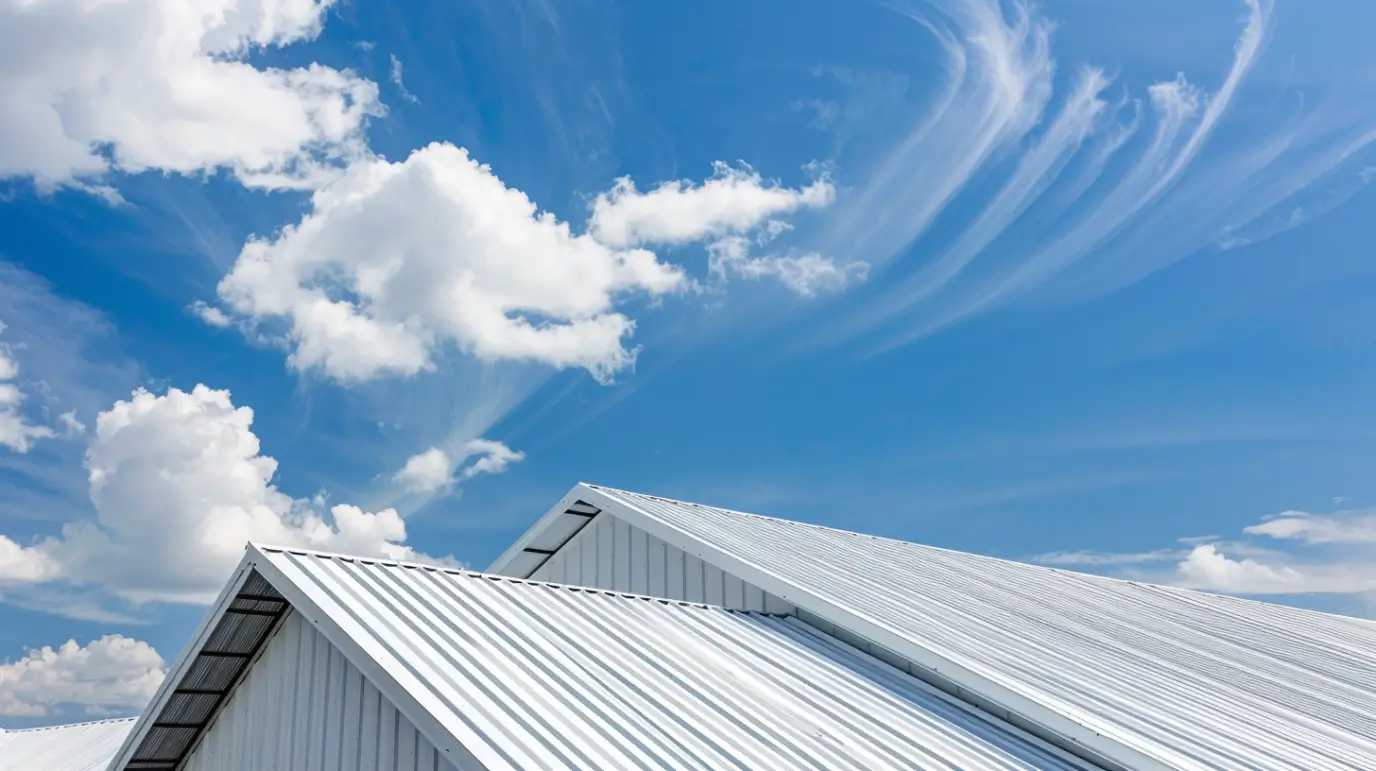Metal roofing is popular for its durability and weather resistance. Among the options, standing seam and corrugated panels offer distinct designs and benefits. Standing seam roofing features continuous vertical legs and hidden fasteners for a streamlined appearance, while corrugated styles provide traditional aesthetics. Both options enhance residential architecture and perform well in severe weather, including strong winds and heavy rain. At Burrage Roofing in East Moline, IL, homeowners can rely on our expertise to understand the differences between these systems, helping them make informed choices that meet their long-term needs. Choosing the right metal roofing with Burrage Roofing can lead to lower maintenance costs and improved energy efficiency.
Understanding Metal Roofing: Standing Seam vs Corrugated Panels
To make an informed decision about metal roofing, it’s essential to understand the key types: standing seam and corrugated panels.
Standing seam metal roofing features vertical legs and concealed fasteners, offering a modern look and excellent water resistance. This design is ideal for harsh weather, ensuring durability and low maintenance.
In contrast, corrugated metal roofing has wavy panels with exposed fasteners, providing a traditional appearance at often lower initial costs. However, improper installation can lead to leaks.
Contact Us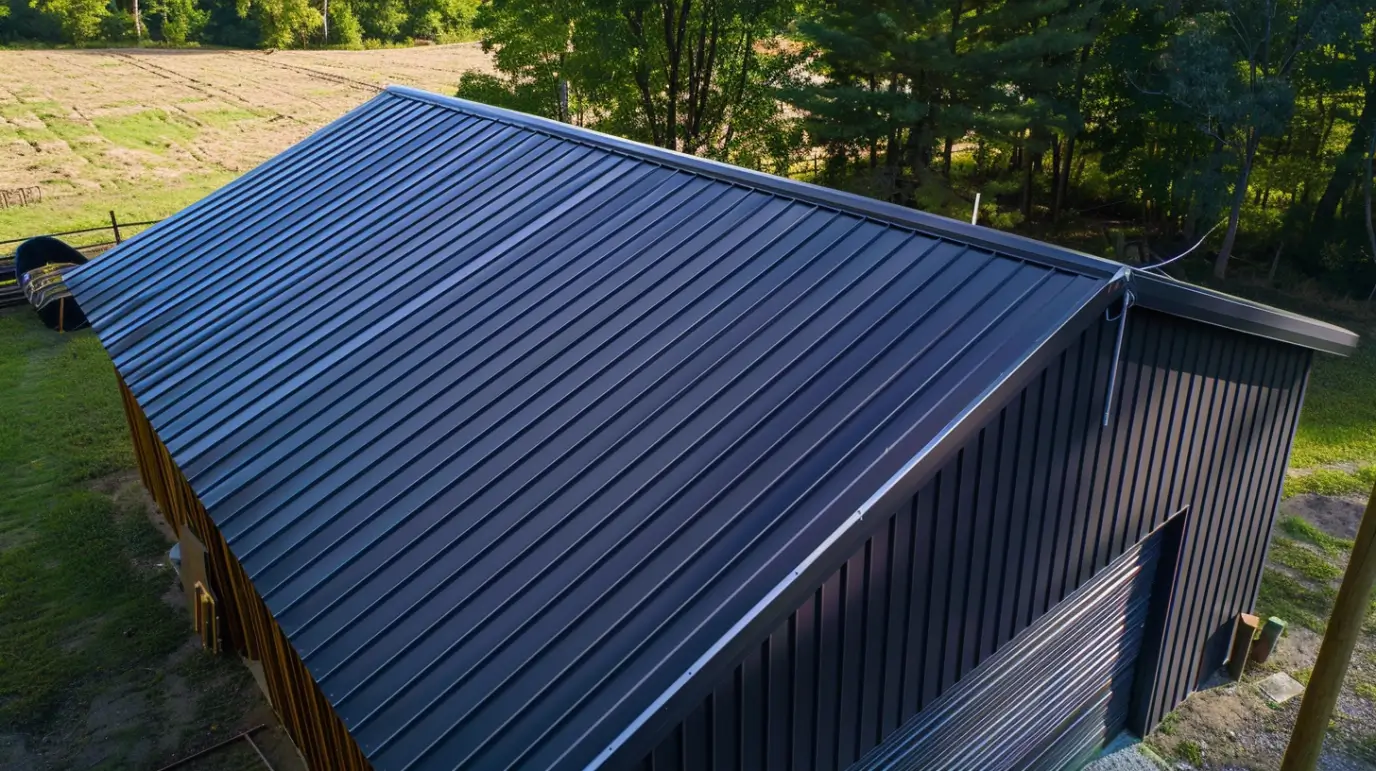
Overview of Metal Roofing Types
Metal roofing offers diverse options for various architectural styles and needs. Standing seam metal roofing features vertical legs and concealed fasteners, providing a modern look and superior durability against harsh weather. It’s especially beneficial for low-slope roofs, promoting water drainage and reducing the risk of leaks.
In contrast, corrugated metal roofing has exposed fasteners and alternating ridges, giving it an industrial aesthetic. While it may have a lower initial cost, maintenance can be more challenging due to exposed components. Understanding these differences helps homeowners make informed choices based on their specific needs.
Why Metal Roofing is Popular in East Moline, IL
Metal roofing is increasingly popular in East Moline, IL, thanks to its durability and energy efficiency. The region’s harsh weather—heavy rains and high winds—makes standing seam and corrugated metal roofs ideal for homeowners. These options effectively prevent water penetration and withstand temperature fluctuations without losing structural integrity.
Additionally, metal roofing offers a modern look that boosts property value. As homeowners seek sustainable alternatives to asphalt shingles, metal roofs emerge as an eco-friendly choice, minimizing long-term maintenance while enhancing energy performance. This blend of practicality and aesthetics contributes to the growing appeal of metal roofing in the area.
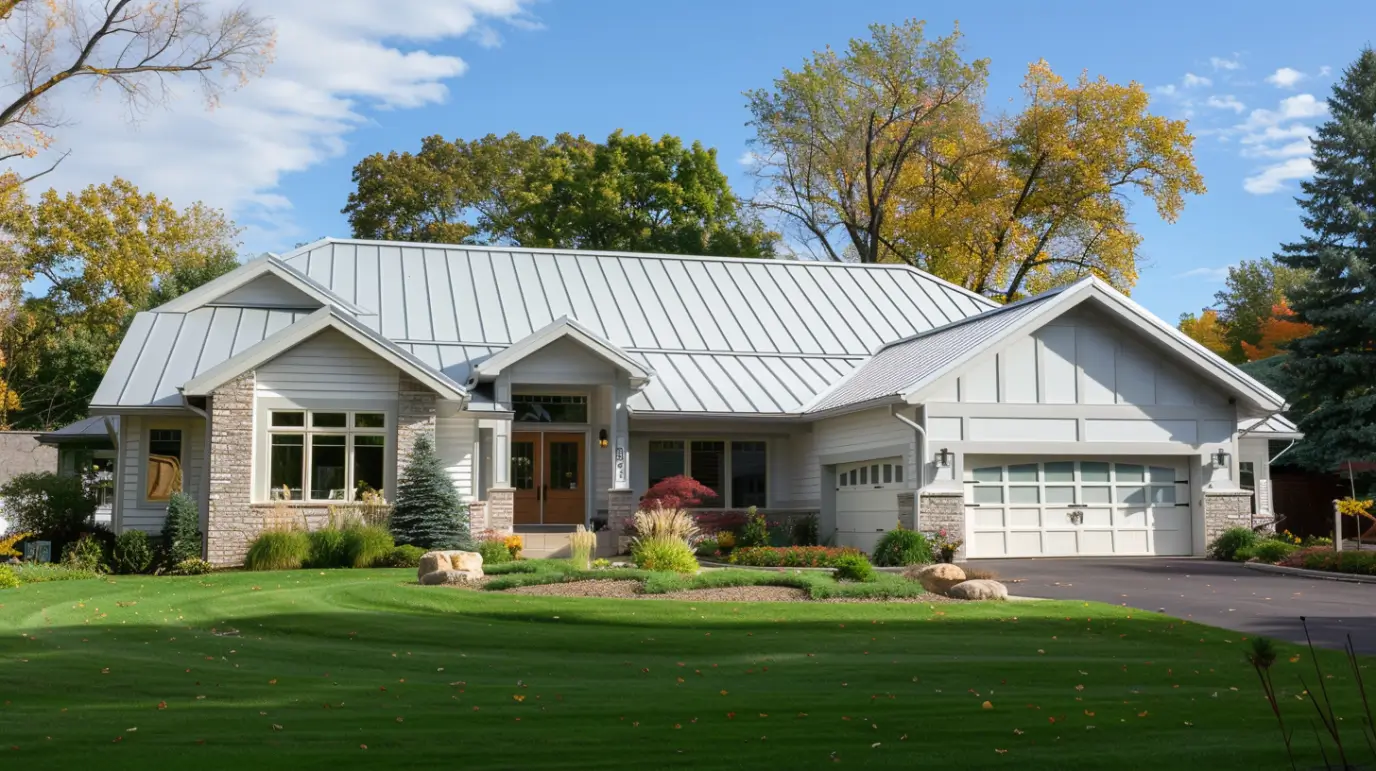
What is a Standing Seam Metal Roof?
A standing seam metal roof features vertical panels connected by raised seams, offering superior weather resistance and a sleek appearance. Its design prevents water infiltration and enhances longevity, making it an ideal choice for residential and commercial applications seeking durability and aesthetic appeal.
Construction and Design Features
Standing seam metal roofs feature interlocking vertical panels from eaves to ridge, offering a sleek, modern look. This design enhances aesthetics and provides superior durability against harsh weather, such as heavy rain and high winds. The concealed fasteners minimize water penetration and leaks, extending the roof’s lifespan.
In contrast, corrugated metal roofing has wavy patterns that lend a functional, rustic appearance. Each roofing type presents unique design benefits, allowing homeowners to choose based on style and architectural needs. Both require qualified contractors for installation to ensure optimal performance amid temperature changes and environmental factors.
Common Applications and Aesthetic Appeal
Both standing seam and corrugated metal roofs are versatile options for residential and commercial buildings. Standing seam roofs offer a sleek, modern look that appeals to eco-conscious homeowners and minimizes seams, enhancing durability against harsh weather.
In contrast, corrugated metal roofs provide a rustic charm, ideal for agricultural buildings or traditional homes. Both roofing types easily accommodate solar panels and withstand significant temperature fluctuations and severe weather. Ultimately, selecting the right metal roofing enhances both functionality and visual appeal.
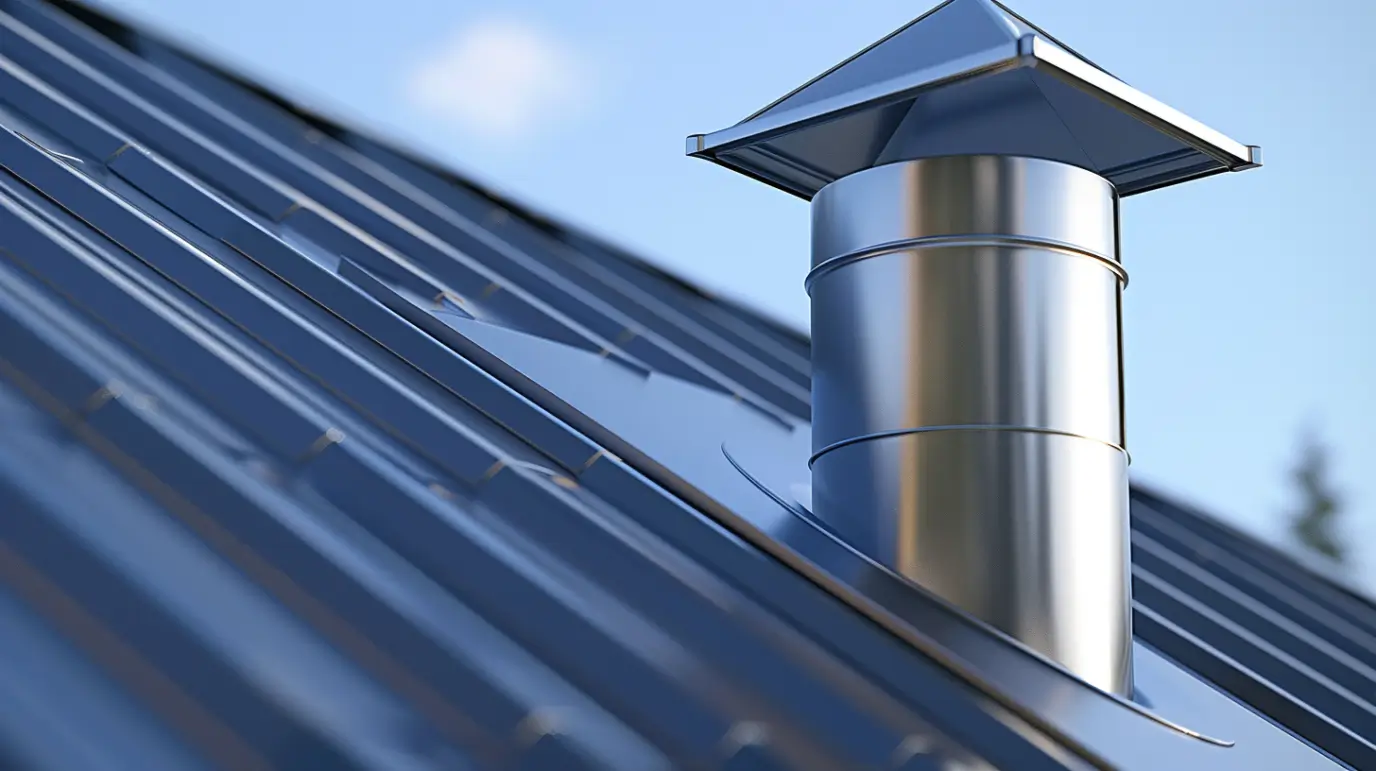
What is a Corrugated Metal Roof?
A corrugated metal roof features wavy or ridged panels, providing strength and durability while allowing for efficient water drainage. It’s often used in residential and commercial buildings due to its lightweight nature, cost-effectiveness, and ability to withstand harsh weather conditions.
Panel Structure and Design Characteristics
Panel structure and design are crucial in distinguishing between standing seam and corrugated metal roofs. Standing seam panels have interlocking vertical legs, offering a smooth, modern look and efficient water runoff. Concealed fasteners reduce water penetration, making them ideal for harsh weather and low-slope roofs, with added adaptability for solar panel installation.
In contrast, corrugated metal roofing features alternating ridges and valleys for a traditional aesthetic. While it allows effective drainage, the exposed fasteners can become vulnerable over time. Understanding these differences is essential for homeowners choosing the right roofing type.
Typical Uses and Visual Appearance
Metal roofing types are versatile, with standing seam panels ideal for both commercial and residential buildings. Their modern design appeals to architects and homeowners seeking a streamlined look. This roofing not only enhances contemporary aesthetics but also withstands harsh weather, combining style with functionality.
Conversely, corrugated metal roofs are common in agricultural and industrial settings. Their ridged profile efficiently channels water, reducing maintenance needs. While rugged, corrugated metal adds unique charm, particularly in rustic and industrial designs. Each roofing type offers distinct aesthetics, allowing for creative expression based on architectural intent and environmental requirements.
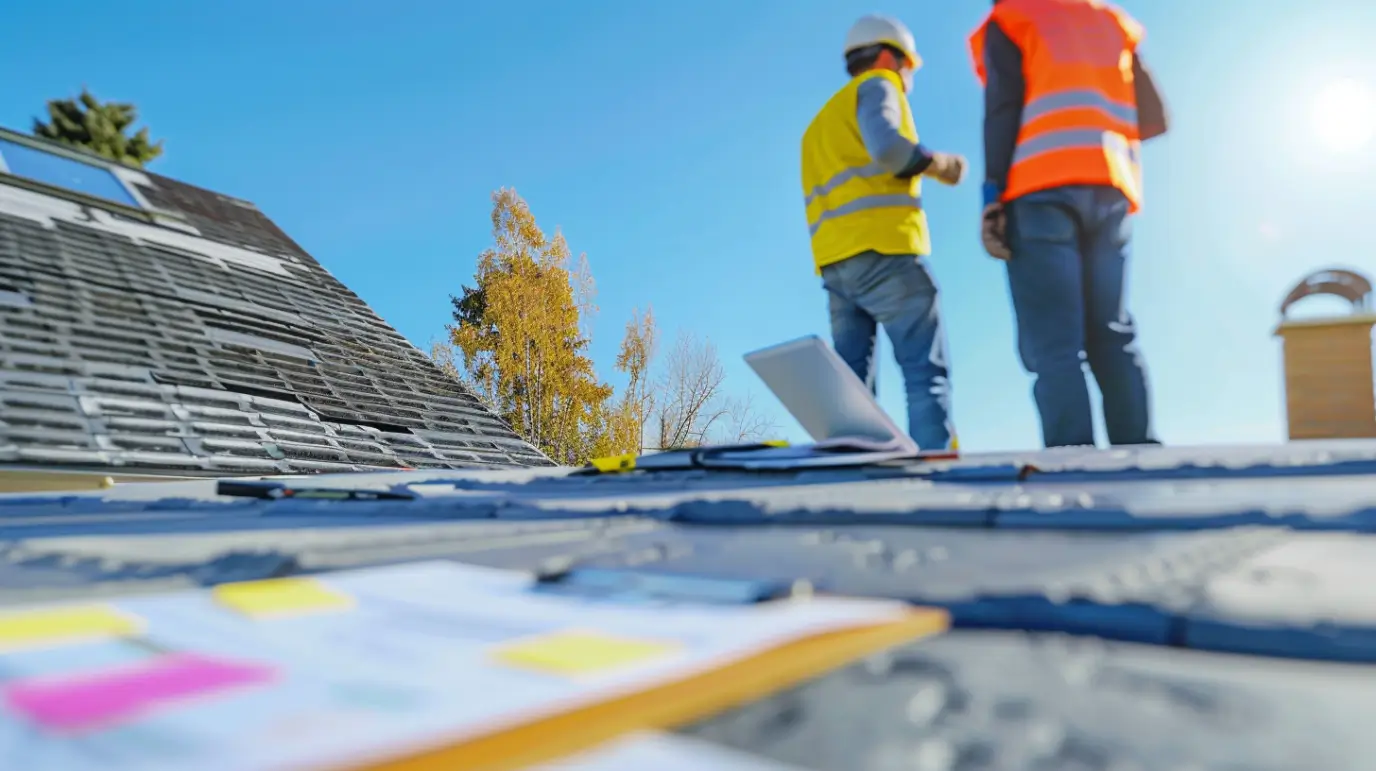
Key Differences Between Standing Seam and Corrugated Metal Roofs
Homeowners should consider the installation process of different metal roofing types, especially standing seam and corrugated panels. Standing seam metal roofing features concealed fasteners, providing a sleek appearance and reducing water penetration risks—ideal for harsh weather regions. In contrast, corrugated metal roofing has exposed fasteners, which may increase maintenance needs due to potential leaks.
Durability is another key difference. Standing seam roofs are designed to withstand severe weather, making them a long-term investment with lower maintenance. Corrugated metal roofs are cost-effective but have a shorter lifespan, requiring more frequent replacements. This information aids in making informed roofing choices.
Installation Process and Required Expertise
An effective installation of standing seam and corrugated metal roofs requires expertise and precision. Each roofing type has unique characteristics that affect the installation method. Standing seam roofs feature interlocking panels secured without exposed fasteners, demanding careful alignment to prevent water penetration. In contrast, corrugated metal roofs use exposed fasteners, making them more susceptible to harsh weather if improperly installed. Hiring a qualified contractor familiar with each roofing type is essential for adhering to best practices, enhancing durability, longevity, and energy efficiency.
Durability, Longevity, and Maintenance Needs
Standing seam metal roofing is celebrated for its durability and longevity, making it a top choice for homeowners. Designed to endure harsh weather—high winds and heavy rain—its interlocking panels reduce water penetration risk. The vertical legs enhance strength and provide a modern look, ensuring long-term durability.
In contrast, corrugated metal roofing, though resilient, may need more maintenance due to exposed fasteners that can rust or fail over time. Ultimately, the choice between these roofing types hinges on long-term investment and maintenance preferences, allowing for an informed decision based on individual needs.
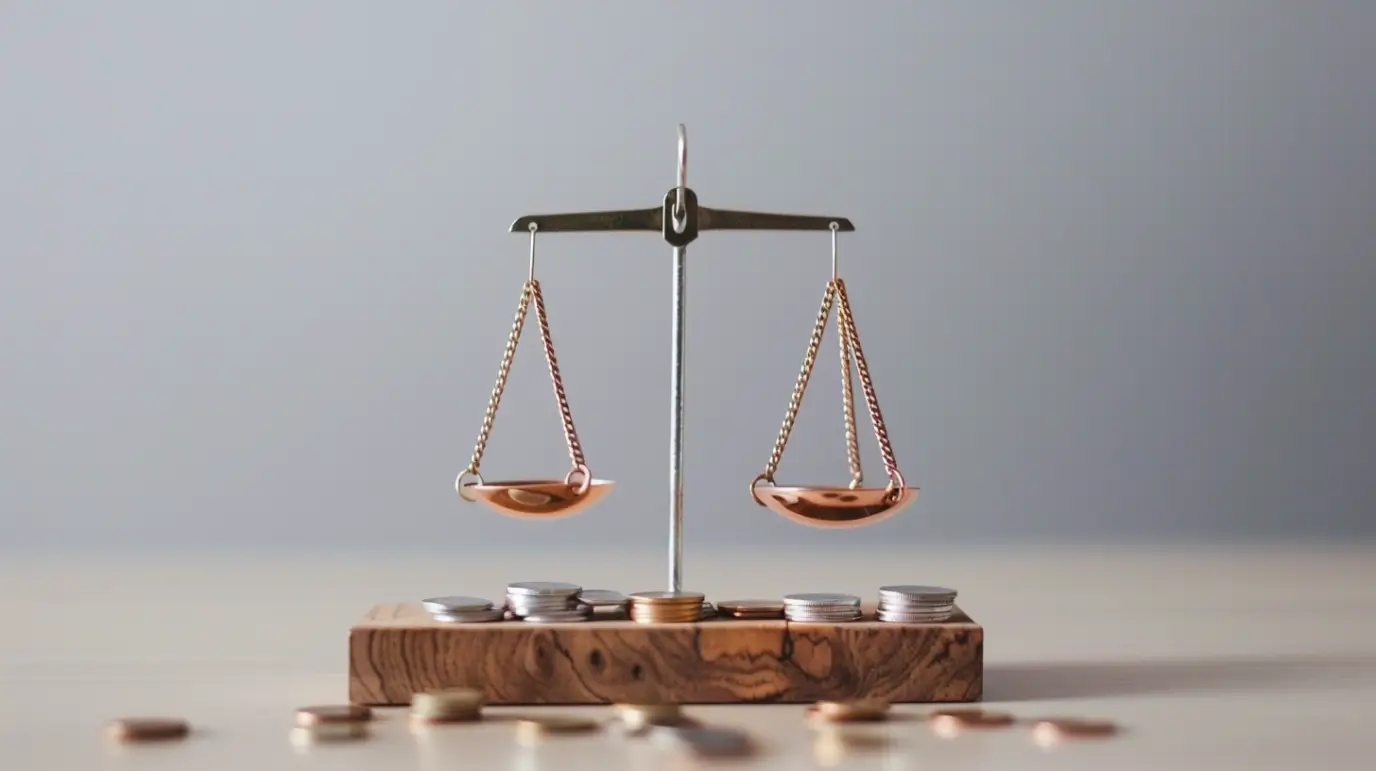
Cost Comparison and Value for Homeowners
A detailed cost analysis reveals significant differences between standing seam metal roofs and corrugated metal roofing. Standing seam roofs typically have higher installation costs due to their complex design and skilled labor requirements. However, they offer long-term savings through longevity, reduced maintenance, and excellent energy efficiency in harsh conditions.
Conversely, corrugated metal roofs have a lower upfront cost, appealing to budget-conscious homeowners. However, potential repair costs and water penetration issues during severe weather can undermine this value. Understanding these cost implications helps homeowners make informed decisions that align with their financial goals and environmental considerations.
Initial Investment vs Long-Term Savings
Investing in metal roofing may involve a higher initial cost than traditional options like asphalt shingles. For instance, standing seam metal roofs require skilled contractors for installation, increasing labor expenses. Additionally, the choice of metal gauge affects the investment. However, long-term savings often surpass these upfront costs.
Metal roofs are highly durable against harsh weather, leading to lower maintenance needs and longer lifespans. Standing seam systems minimize water penetration and manage temperature fluctuations better than corrugated options.
Factors Affecting Price in Illinois
Several key factors influence metal roofing prices in Illinois, especially for standing seam and corrugated options. The type of material significantly affects costs; standing seam is typically more expensive due to its advanced design and installation needs. Labor costs are also important, as hiring experienced contractors can raise expenses.
Local building codes may add extra costs, particularly for installations designed to endure severe weather, like high winds and heavy rain. Additionally, the chosen metal gauge affects both durability and price; thicker metal provides better longevity but requires a higher initial investment. Understanding these factors helps homeowners make informed roofing choices.
Get in Touch
When comparing standing seam and corrugated metal roofing, key differences emerge. At Burrage Roofing in East Moline, IL, we understand that standing seam roofs excel at water resistance and temperature fluctuations, making them ideal for severe weather. On the other hand, corrugated metal roofing is often chosen for its lower installation cost and rugged appearance. Ultimately, your choice should depend on your property’s needs and personal preferences. At Burrage Roofing, we ensure that both options offer durability and energy efficiency, so an informed decision will maximize your roof’s benefits.
Read our blog: Detecting and Repairing Roof Deck Damage
Frequently Asked Questions
Which metal roof type lasts longer: standing seam or corrugated?
Standing seam metal roofs generally last longer than corrugated panels due to their robust design and superior weather resistance. While standing seam can last 50 years or more, corrugated roofs typically have a lifespan of 20-30 years, making them less durable overall.
Are both roof types suitable for residential and commercial properties?
Yes, both standing seam and corrugated metal roofs are suitable for residential and commercial properties. Their durability, weather resistance, and aesthetic versatility make them popular choices for various applications, from homes to industrial buildings, providing long-lasting performance regardless of the setting.
